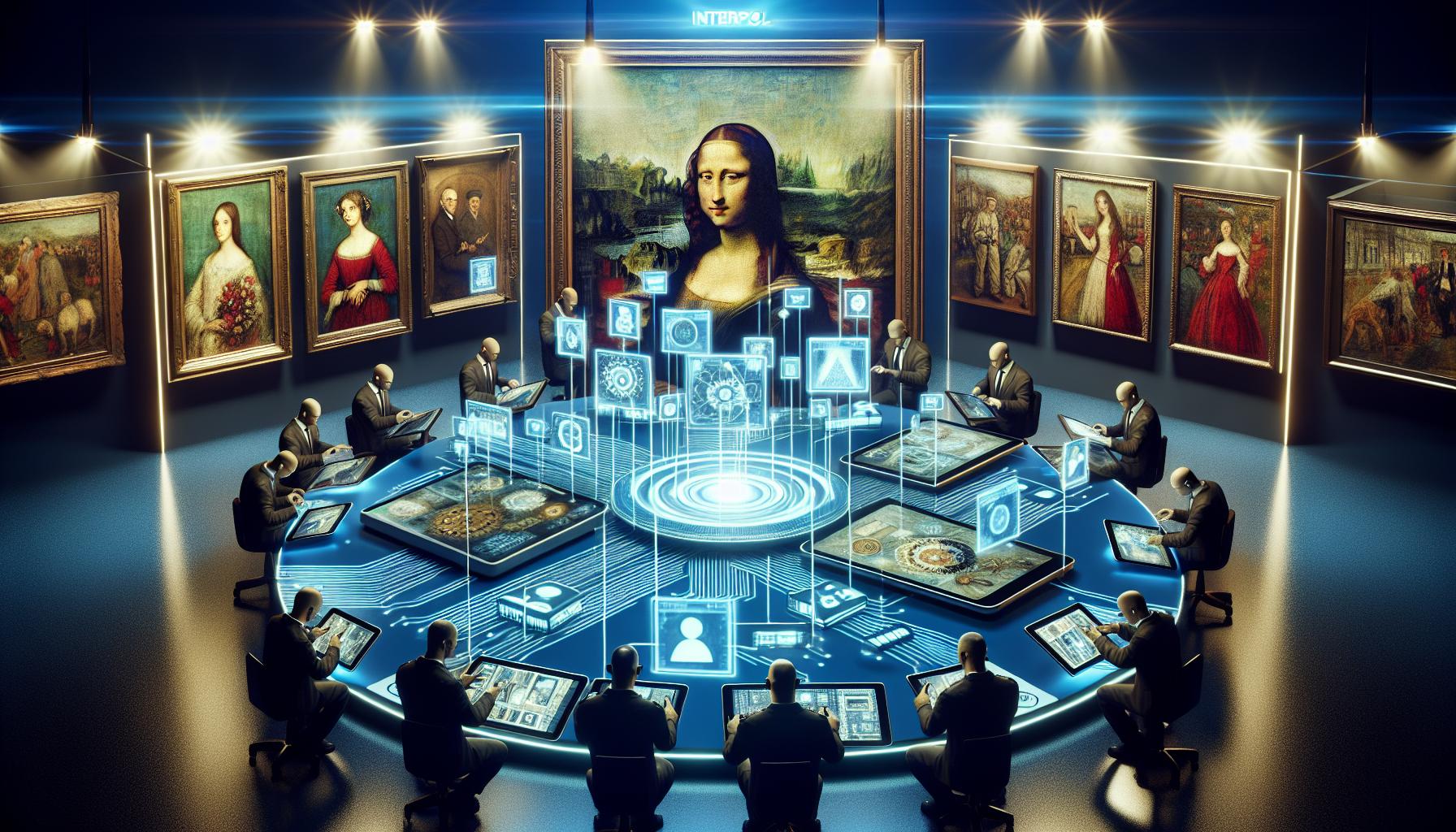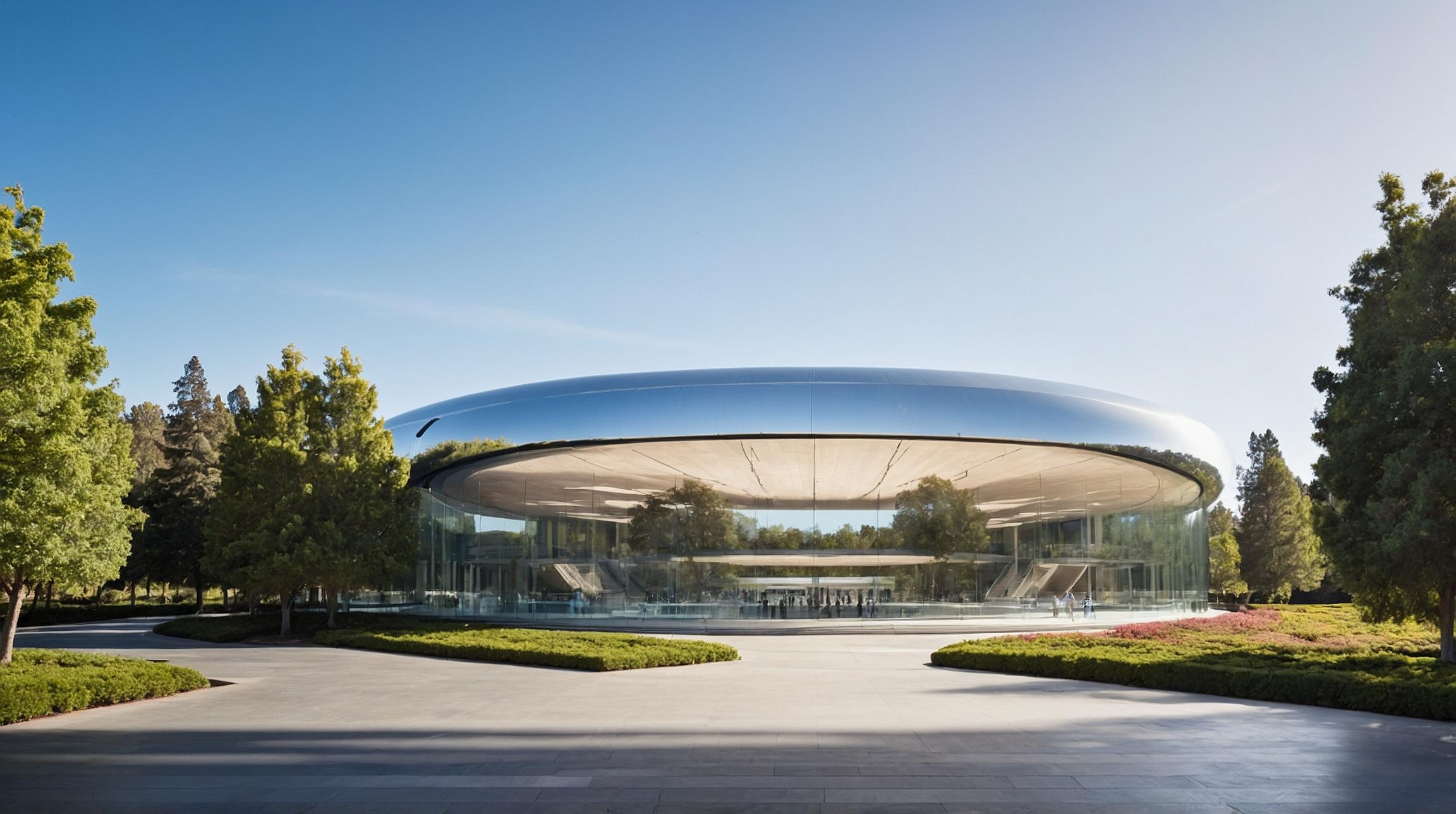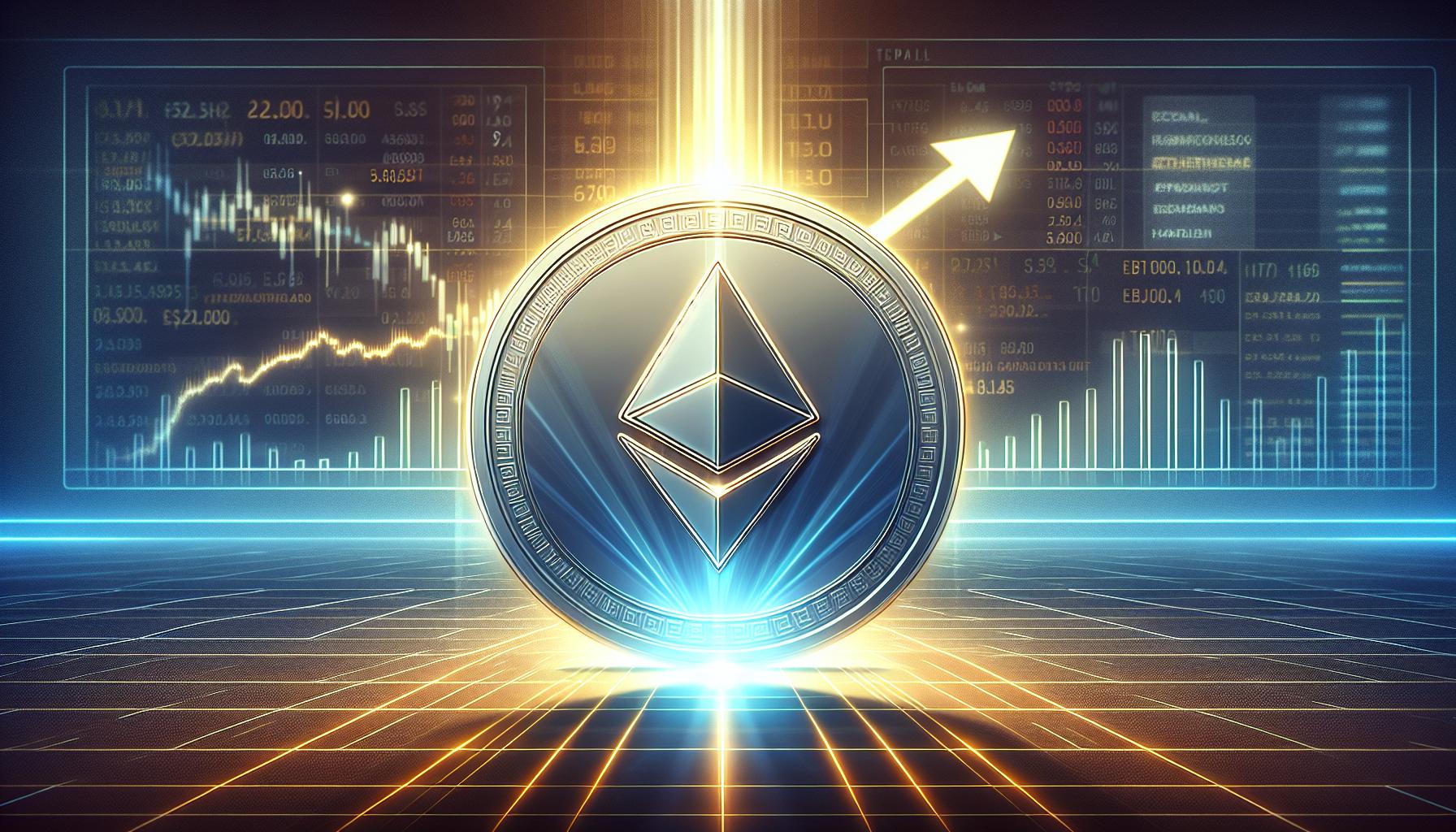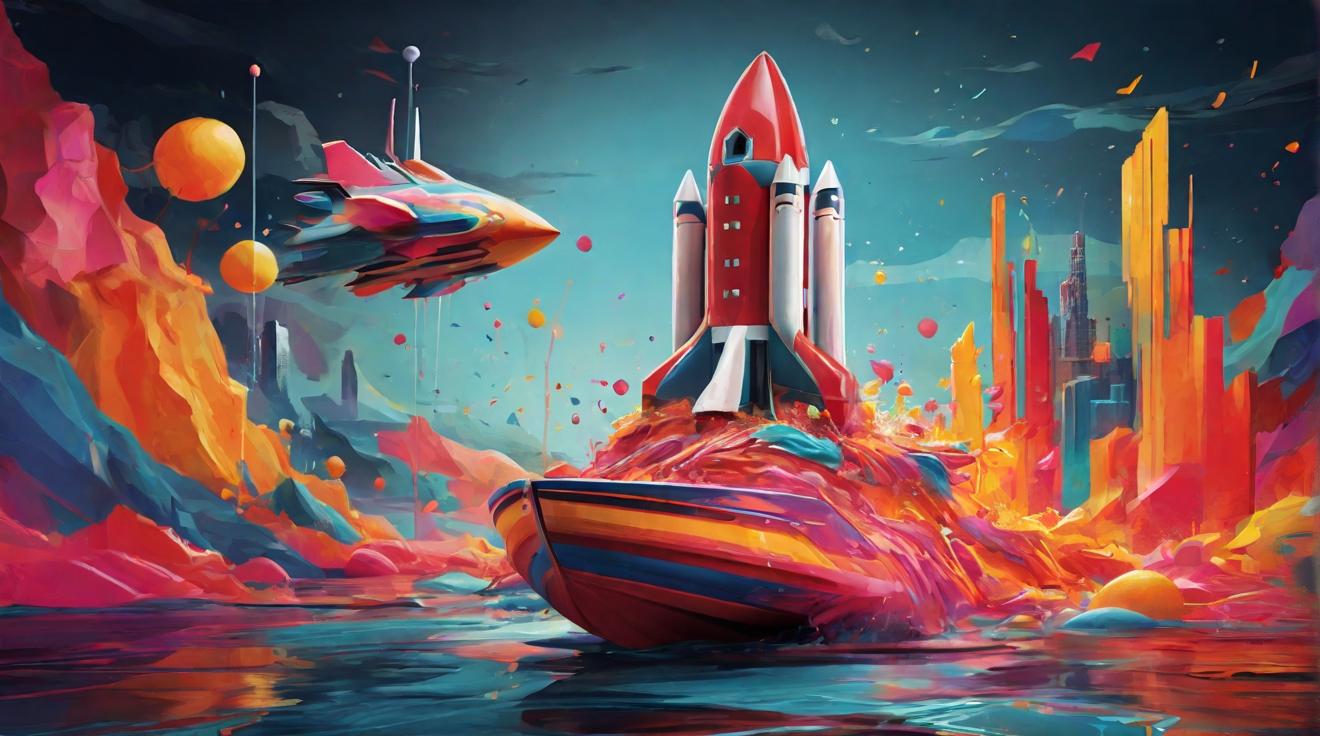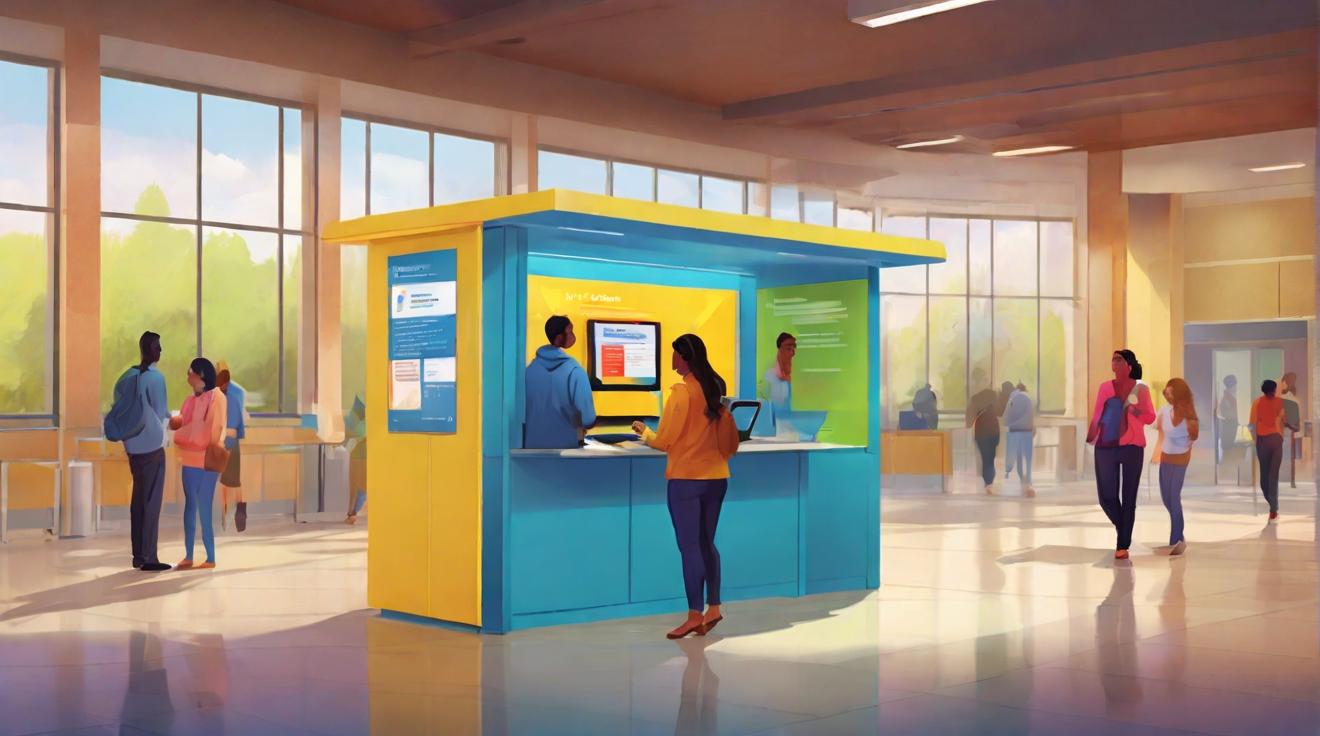New App Helps Users Identify and Recover Stolen Art
Utilizing Technology to Combat Art Theft
Interpol, the international police organization, has launched a groundbreaking app designed to assist in the identification and recovery of stolen artwork and artifacts. This innovative tool combines the power of technology with the expertise of art historians and law enforcement, offering users an unprecedented opportunity to contribute to the fight against art theft.
Tracking Stolen Art: How the App Works
The newly developed app, created by Interpol, harnesses the capabilities of modern technology to provide users with a comprehensive database of stolen artwork and artifacts. By simply taking a photo of a suspicious item, the app’s powerful algorithms compare the image against Interpol’s vast repository of stolen masterpieces. Within seconds, users can determine whether the artwork they have encountered is part of an ongoing investigation, and if so, they can report its location and provide crucial information to law enforcement agencies.
A Global Crowd-Sourced Effort
Recognizing the immense potential of public involvement in recovering stolen art, Interpol’s app takes advantage of crowd-sourced intelligence. Users from around the world can submit tips and sightings of stolen artwork, enhancing the chances of successful recovery by authorities. By tapping into a vast network of art enthusiasts, collectors, and professionals, the app creates a global community committed to preserving our cultural heritage.
Making Art Theft History
The soaring number of art thefts in recent years has raised concerns within the art world and law enforcement agencies alike. This cutting-edge app is a commendable effort to address this pressing issue. By leveraging the power of technology and mobilizing the global community, Interpol aims to put an end to the rampant illegal trade of stolen artwork. Through collaboration and swift action, the app has the potential to bring justice to the victims of art theft and preserve the historical and cultural significance of these valuable pieces.
Empowering Users to be Part of the Solution
The launch of Interpol’s app marks a significant turning point in the battle against art theft. With this user-friendly tool, anyone can play a role in safeguarding our global artistic heritage. By combining an ever-expanding database of stolen art with the watchful eyes and cameras of millions of users, Interpol’s app promises to revolutionize the way we combat this illicit trade. Together, we can make a difference and ensure that stolen artwork is successfully returned to its rightful owners, museums, and cultural institutions.
Analyst comment
Positive news: The launch of a new app by Interpol to help identify and recover stolen art is a commendable effort to combat art theft. By utilizing technology and crowd-sourced intelligence, the app has the potential to bring justice to victims and preserve cultural heritage. The market for stolen art could potentially be impacted by the increased ability to identify and recover stolen pieces.





